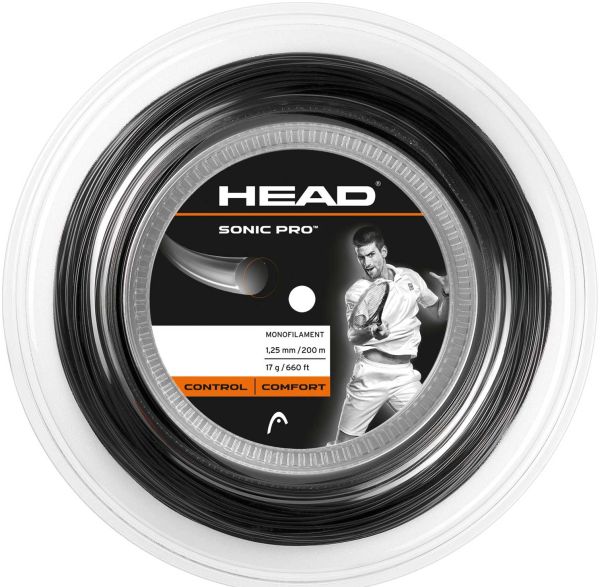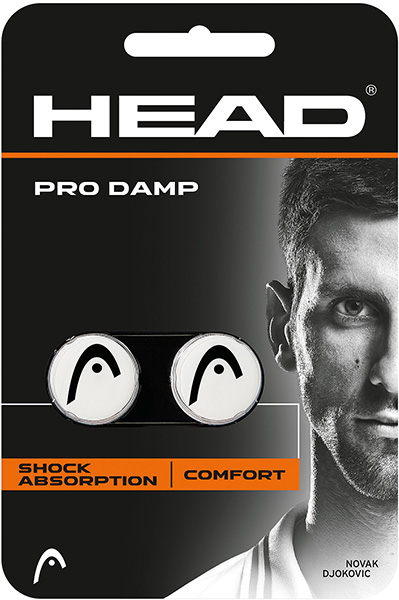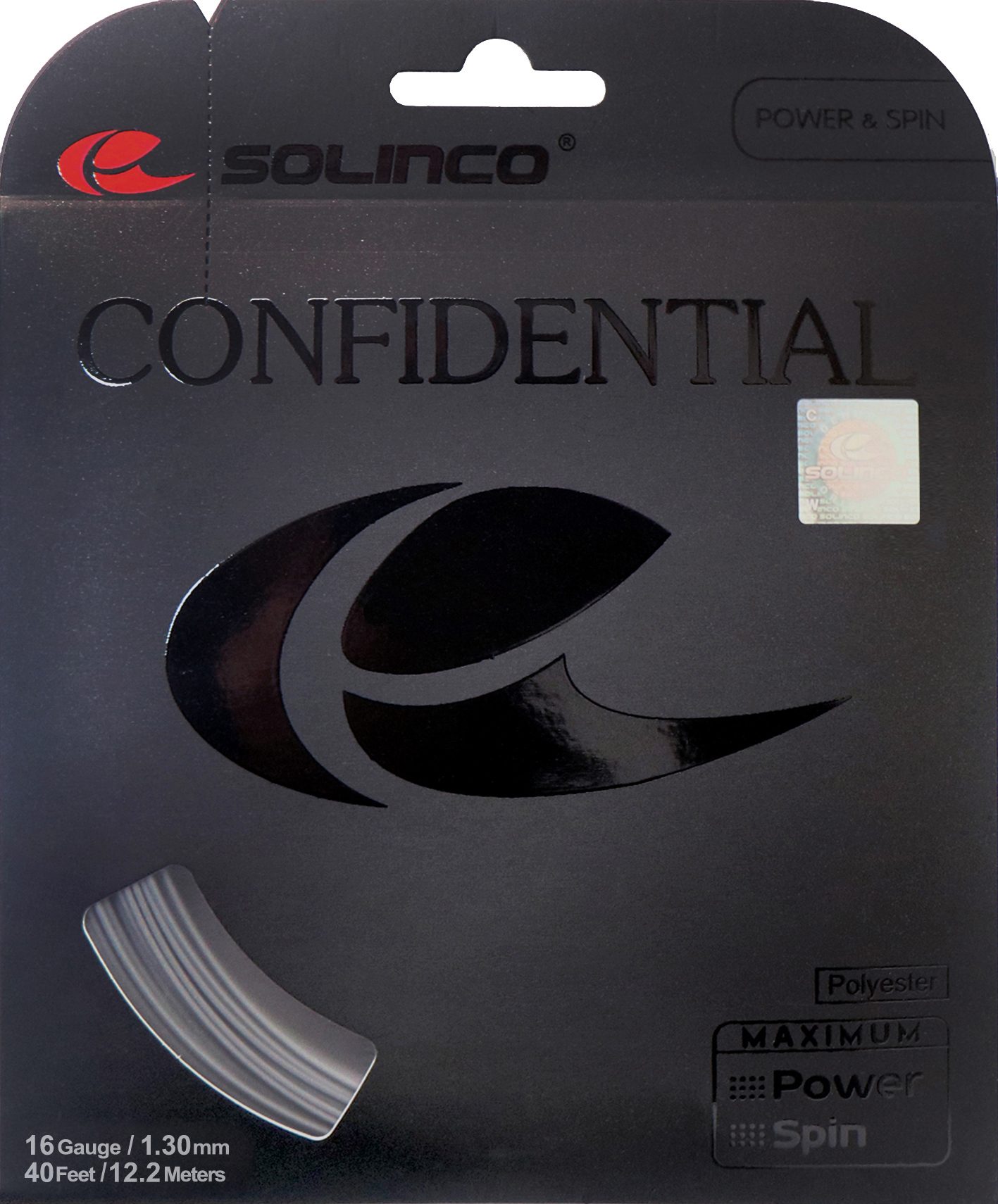74,64 €
Save 31%Each offer available in the Tennis Zone is an original product, coming directly from manufacturers or trusted distributors.

74,64 €
Save 31%
74,64 €
The Head Sonic Pro tennis string redefines the standards for performance and playing comfort. This 200-meter string provides an unrivaled blend of precision control, superior feel, dynamic power, and remarkable durability. It’s more than just a string; it is a versatile companion that enhances your gameplay on the tennis court!
The Sonic Pro is part of the esteemed 'Control' series, renowned for delivering matchless precision and exceptional feel. Its high-quality co-polyester monofilament construction with a smooth profile offers a soft molecular structure for the added bounce power. This string is ideal for robust and dynamic gameplay, taking your performance to the next level and ensuring you are always at the top of the game.
This sporting accessory comes with impressive features, such as touch sensitivity, gameplay control, durability, and comfort. The Head Sonic Pro tennis string’s dynamic nature lets you set the pace of the game while its resiliency helps you keep up with it without fail. Whether you're an amateur or a professional, this string will adapt to your level of skill and style of play.

| Article number: | ST14711.1 |
|---|---|
| Color: | Black |
| Material: | co-polyester |
| Properties: | comfort control dynamic feel strength |
| String length (m): | 200 |
| String profile: | soft |
| Structure: | monofilament |
The Head Sonic Pro tennis string redefines the standards for performance and playing comfort. This 200-meter string provides an unrivaled blend of precision control, superior feel, dynamic power, and remarkable durability. It’s more than just a string; it is a versatile companion that enhances your gameplay on the tennis court!
The Sonic Pro is part of the esteemed 'Control' series, renowned for delivering matchless precision and exceptional feel. Its high-quality co-polyester monofilament construction with a smooth profile offers a soft molecular structure for the added bounce power. This string is ideal for robust and dynamic gameplay, taking your performance to the next level and ensuring you are always at the top of the game.
This sporting accessory comes with impressive features, such as touch sensitivity, gameplay control, durability, and comfort. The Head Sonic Pro tennis string’s dynamic nature lets you set the pace of the game while its resiliency helps you keep up with it without fail. Whether you're an amateur or a professional, this string will adapt to your level of skill and style of play.

| Article number: | ST14711.1 |
|---|---|
| Color: | Black |
| Material: | co-polyester |
| Properties: | comfort control dynamic feel strength |
| String length (m): | 200 |
| String profile: | soft |
| Structure: | monofilament |
Each offer available in the Tennis Zone is an original product, coming directly from manufacturers or trusted distributors.
Sign up for the free newsletter and do not miss any promotions and news, as well as individual offers from our store.
Functional cookies are absolutely necessary for the functionality of the web shop. These cookies assign a unique random ID to your browser so that your unhindered shopping experience can be guaranteed over several page views.
Marketing cookies are used to display advertisements on the website in a targeted and individualized manner across multiple page views and browser sessions.
Tracking cookies help the shop operator to collect and evaluate information about the behaviour of users on their website.
These cookies are used to collect and process information about the use of the website by users, in order to subsequently personalise advertising and/or content in other contexts.
Service cookies are used to provide the user with additional offers (e.g. live chats) on the website. Information obtained via these service cookies may also be processed for site analysis.




